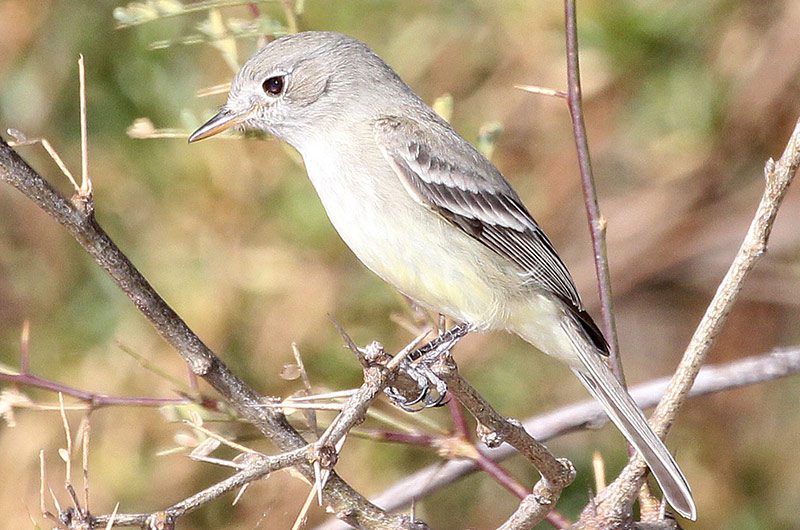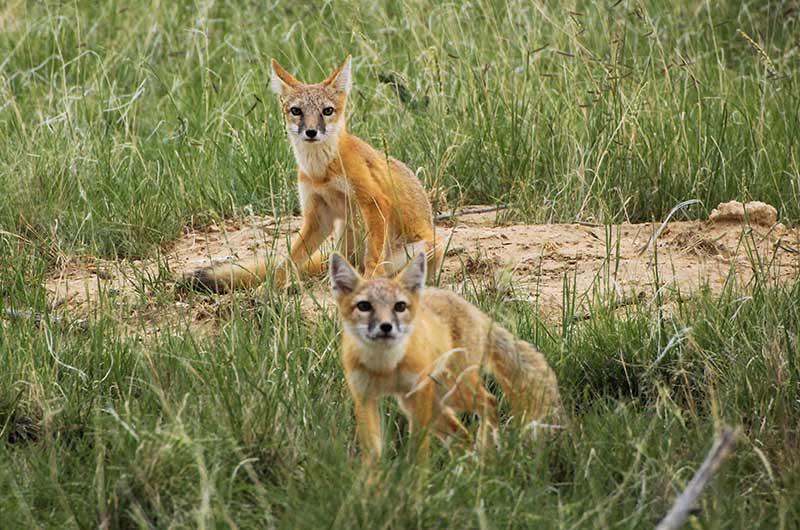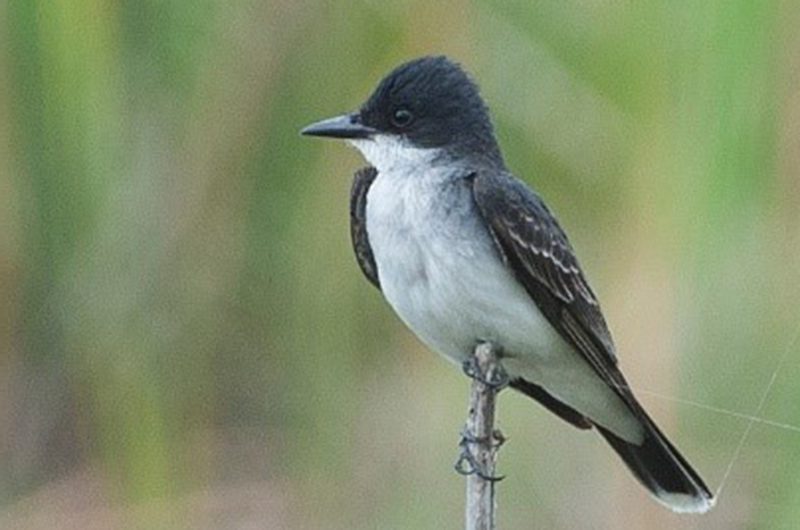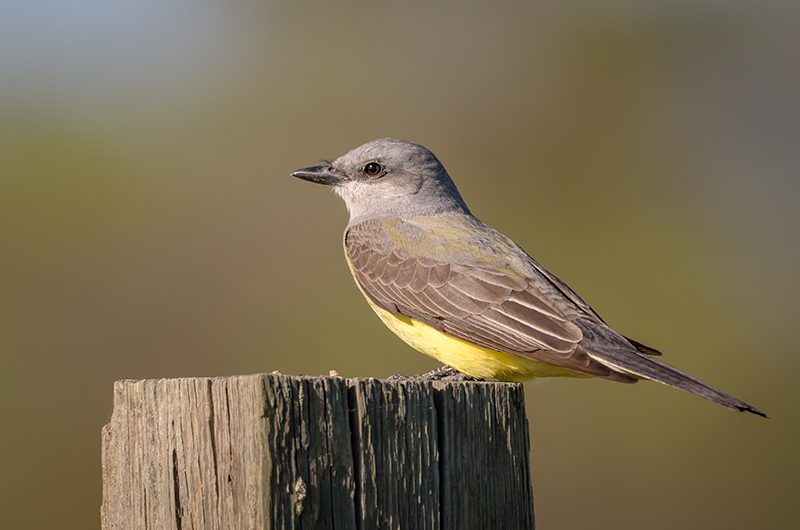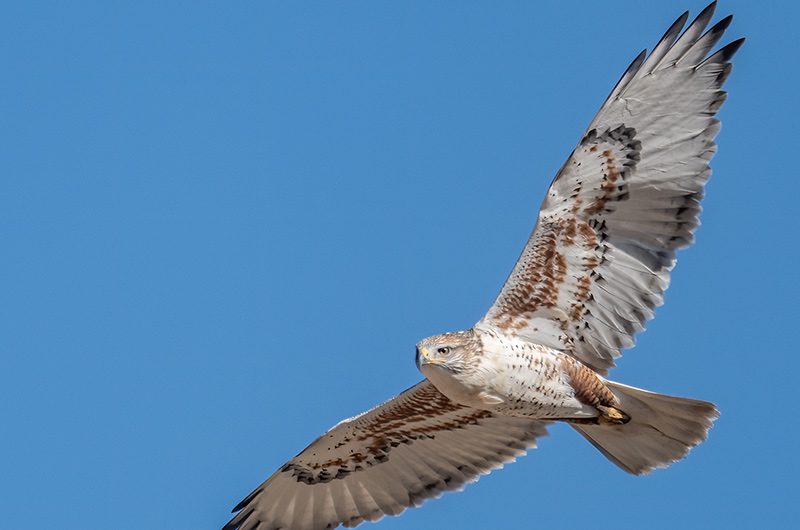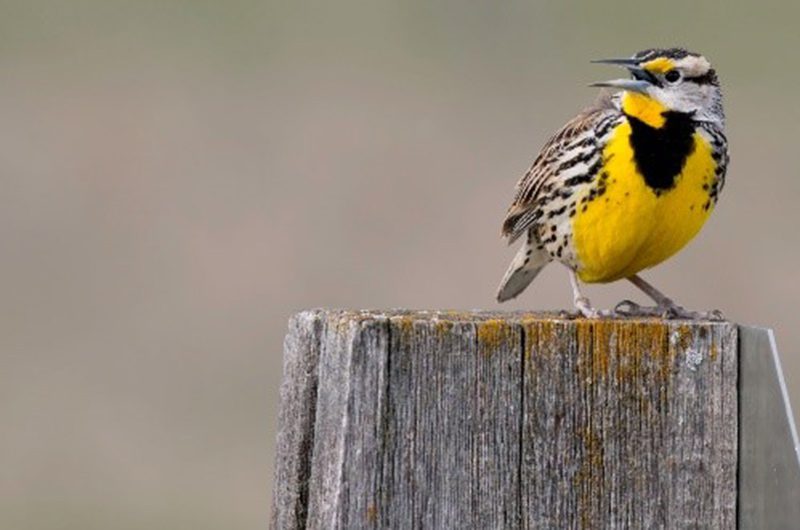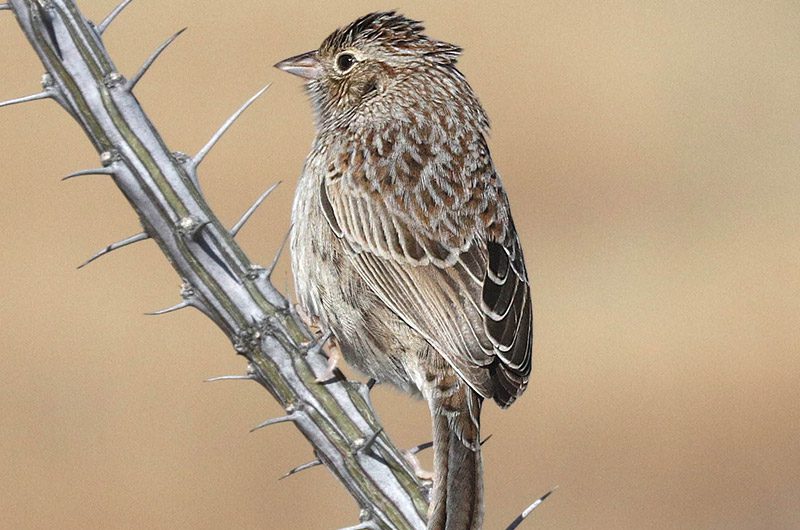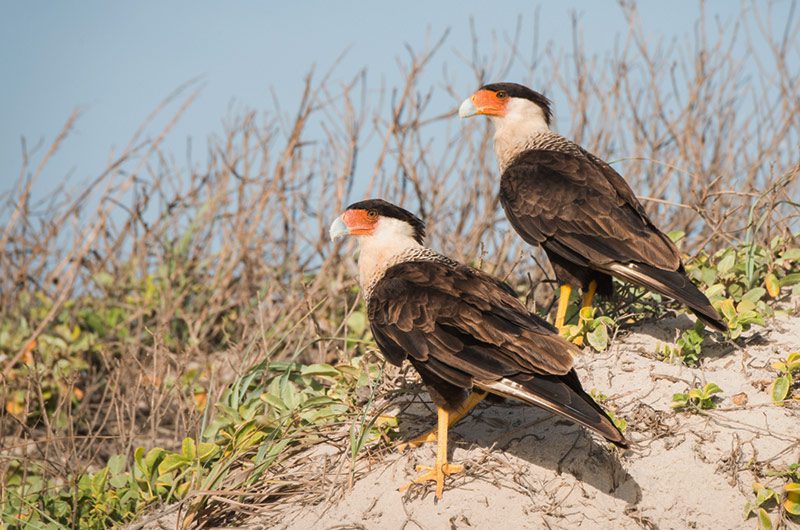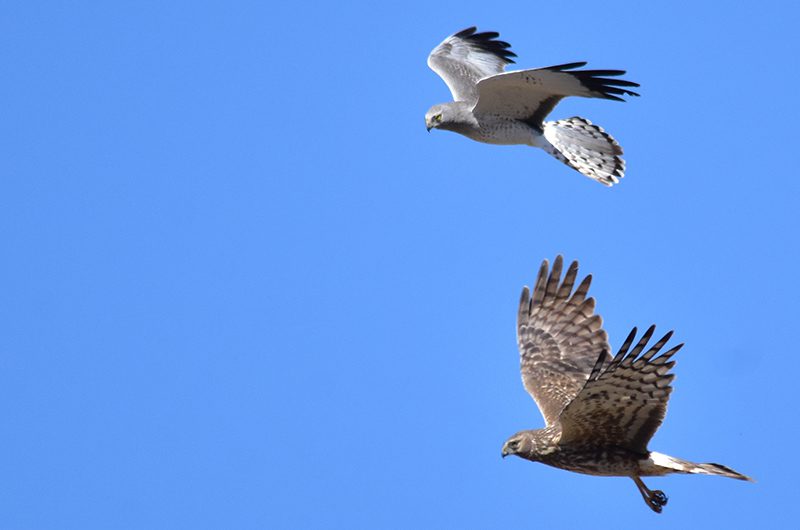LandPKS Learning
Habitat Hub
Factsheets and other helpful resources about the wildlife species living on your land (US only)
Gray Flycatcher
Until the early 1900s, gray flycatchers were believed to breed only in northern Mexico and then wander north in the U.S. in the fall. After discovering new information about gray flycatchers, such as their distinct downward tail wag, ecologists were better able to distinguish the species in the field from other similar-looking flycatchers and document its breeding range.
Read moreAll Factsheets English
All the factsheets for species habitat found in the Habitat app. The factsheets provide information on how to identify the plant or animal, observation tips, an interesting fact, habitat information, activities that will benefit the species, activities to avoid, and resources for managing for the species.
Read moreWillow Flycatcher
Willow flycatchers closely resemble alder flycatchers, which also breed in wet, shrubby habitats further north. The two species are mainly identified in the field by their different songs. Until 1973, these two birds were considered the same species, Traill’s flycatcher, the scientific name for willow flycatcher.
Read moreEastern Kingbird
The eastern kingbird lives a double life each year. They eat mostly flying insects during the breeding season and aggressively defend their nest and territory from other kingbirds and much larger birds, like hawks and crows. However, during the winter, the eastern kingbird eats mostly fruit and lives in a flock of other birds.
Read moreWestern Kingbird
The western kingbird’s breeding range has expanded eastward since the late 1800s because human activity has provided habitat. The planting of trees and installation of utility poles in the prairie provides places for the birds to perch and hunt insects and also nest. In areas where forests have been cleared, the birds have more open habitats suitable for foraging for insects. Although known as the “western” kingbird, this species also often wanders to the East Coast during fall migration.
Read moreFerruginous Hawk
During the breeding season, Ferruginous hawk nests are not easily woven together for tree nesting, so they often build on the remains of pre-existing hawk or crow nests, or on the ground on a rocky outcrop.
Read moreEastern Meadowlark
There are up to 17 subspecies of eastern meadowlark including the isolated Lillian’s meadowlark, which is found in Arizona, New Mexico, and northern Mexico. Where eastern and western meadowlarks overlap in the Central Plains, they rarely hybridize or share territories. Although they look very similar, their songs sound completely different, and they will fight to defend their territories from one another.
Read moreCassin’s Sparrow
Cassin’s sparrow populations can fluctuate widely each year in both abundance and geographic extent, likely in response to summer precipitation. Within the center of their breeding range, they may be highly abundant or scarce, while individuals may suddenly appear at the edge of their breeding range where they do not usually occur. There are several hypotheses to explain these fluctuations, but little evidence to support any of them.
Read moreCrested Caracara
At times, two crested caracaras will pair up to take on larger prey, like rabbits. When a caracara feeds on roadkill, it is dominant over vultures, oftentimes scaring them away. They have flatter talons than most raptors allowing running on the ground more efficiently.
Read moreNorthern Harrier
Northern Harriers are the most owl-like of hawks, though they are not related to owls. The disk-shaped face looks and functions much like an owl’s, with stiff facial feathers helping to direct sound to the ears. They rely on hearing and vision to capture prey, with its owlish face helping it hear mice and voles beneath the vegetation.
Read more
Mobile App | Data Portal | Knowledge Hub | Habitat Hub | Learning Collections | Blog | About | Contact | Support

